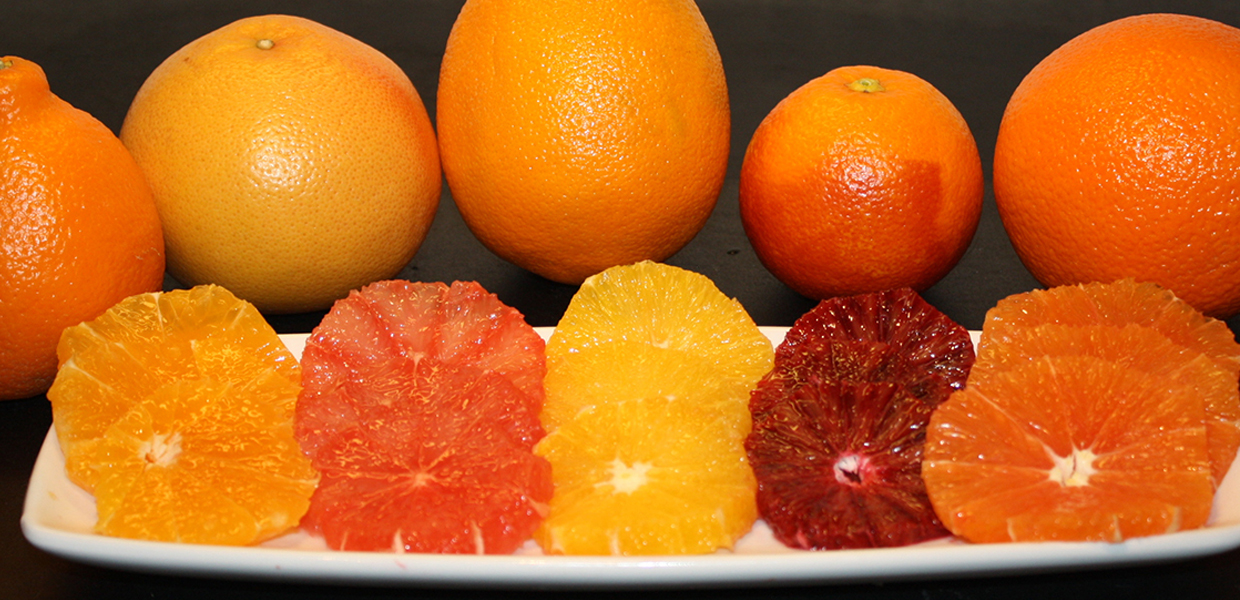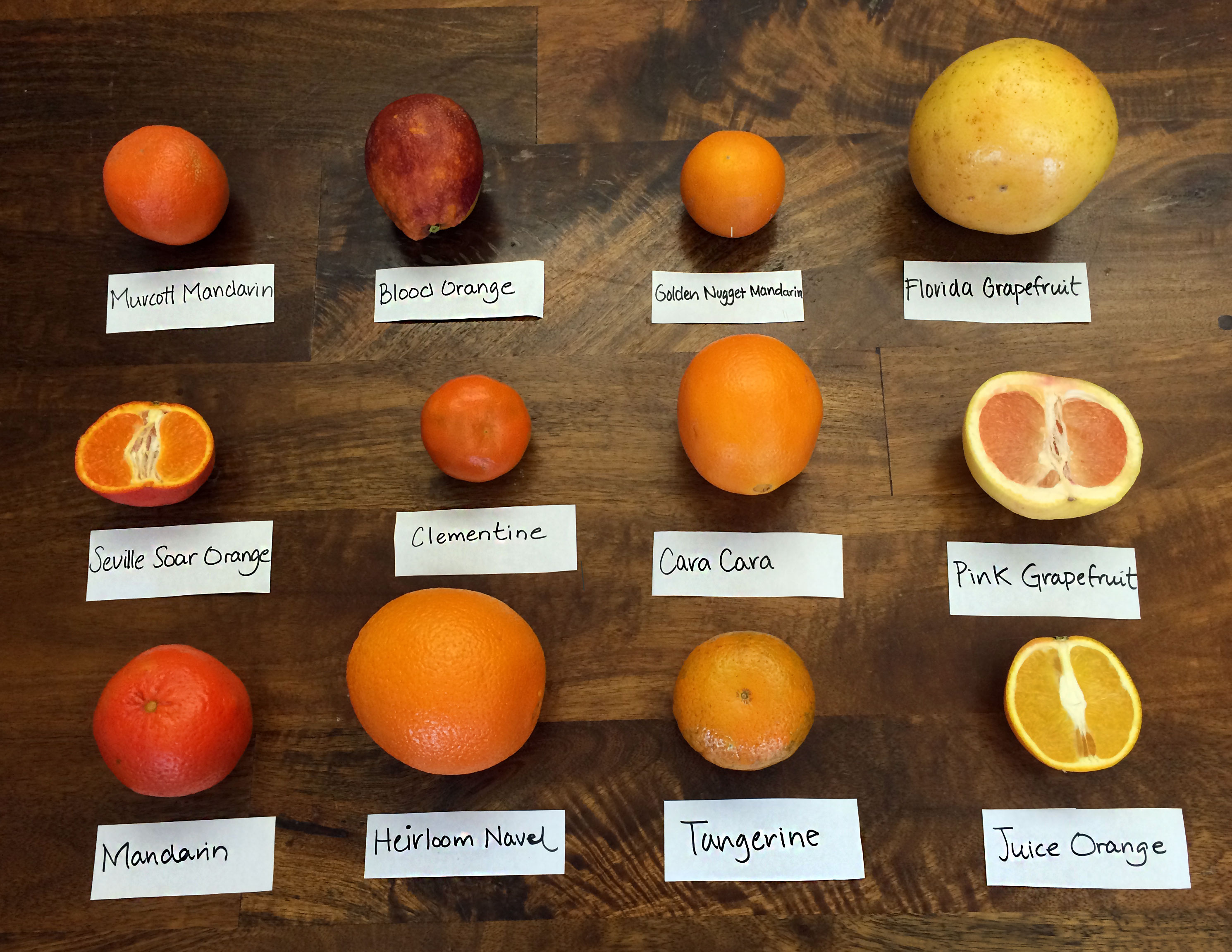
By Chef K. Marie Paulk
Well, they’re here, the weather has turned and as I type this there are Christmas trees sprouting up at our local Costco, right next to the Halloween costumes. I’m not sure what happened to the turkeys, but I’m sure we will see them soon too. I’m sure that many of you do not think about oranges when thinking about or planning your holiday festivities, but their season is really part of ‘the season.’ I still remember getting a Christmas stocking filled with oranges or tangerines, nuts for cracking and hard candy, it was a tradition. Oranges and tangerines are really abundant this time of year and the star in many winter fruit bowls.
All citrus fruits are native to a region stretching from East Asia southwards to Australia. Collectively, they are the third most important group of fruits, only apples, pears, and bananas surpass them in quantity produced and consumed. It has been calculated by botanists that the history of the citrus trees goes back 20 million years.
Valencia’s are originally from Spain, they are the most popular thanks to their thin skin and abundant juice. Their season is early summer to October and they are officially known as the summer orange.
Navel oranges are the classic eating oranges. They are easy to peel, seedless, sweet and juicy. Cara Cara are sometimes labeled as navel’s, but they have a darker, pinker flesh and a sweeter flavor. Look for them from November through May. Navel oranges are originally from Brazil; they get their name from a second, smaller orange that develops at the base. This undeveloped twin looks a little like a belly button. They are a little less juicy than a Valencia, but they are virtually interchangeable when it comes to cooking and baking.
Blood oranges are harder to peel, but they are very juicy and sweeter than the navel or Valencia. The Moro blood orange is not as sweet, smaller, and their flesh is lighter. Their season normally runs from December to May. I always keep a sharp eye out for the blood oranges, as I consider them a special treat when I can find them.
Seville oranges are very fragrant, but dry and sour. They are high in pectin making them perfect for making marmalade.
Temple oranges are tangors, a cross between tangerines and oranges. They are juicy and almost tart. Their season is January through March.
Clementine’s (my favorite) have a better flavor than other tangerines, very sweet. They are seedless and easy to peel. They were first grown by Father Clement Rodier in Algeria. Their season runs November through April, but we are lucky to find these in the markets a lot of times throughout the year due to gapping. Some Chilean varieties pop up in the summer.
Satsuma tangerines have a mildly sweet flavor, juicy and also seedless. I am told they are normally the first to be found in the markets starting in mid-October through December.
Honey tangerines are very aromatic with their own distinctive flavor. Their skin is very thin, but they are very sweet and juicy. They are usually not found in stores until the first of the year.
Pummelo is the largest. It has a thick skin which peels off easily to reveal its sweet flesh. The grapefruit, which originated in the West Indies in the 18th century, is the offspring of the pummelo and a sweet orange.
Indio Mandarinquat is the smallest and I’ve read that they are the love child of the mandarin and the kumquat. Its flavor is acidic and full of seeds, but it candies beautifully.
Oranges and tangerines are a great snack, but their juice is also great for cooking and baking, making marmalades and candies. Slices of blood oranges used on fruit tarts can look spectacular. Using oranges in salads is also a winner, but knowing how to segment an orange is a necessary skill for this. I could explain how to do this, but it is best learned visually. I am sure there is a YouTube video out there you can watch.
We are lucky for where we live, we can find some of these varietals of oranges in the market year round, but they are at their best and least expensive in the fall and winter. Some of these fruits cannot be found at your local market and may require a trip to a specialty grocer or an Asian market, but I think it is worth the hunt. Oranges contain little starch and that is why they do not continue to ripen once they are picked. Remember, a heavy ripe orange will indicate its juiciness. A loose peel on a tangerine is normal, but if it is puffy it normally means it has passed its prime. You should refrigerate oranges when you get them home; which will help them last longer and taste better.
Happy snacking and baking for the holidays!















































